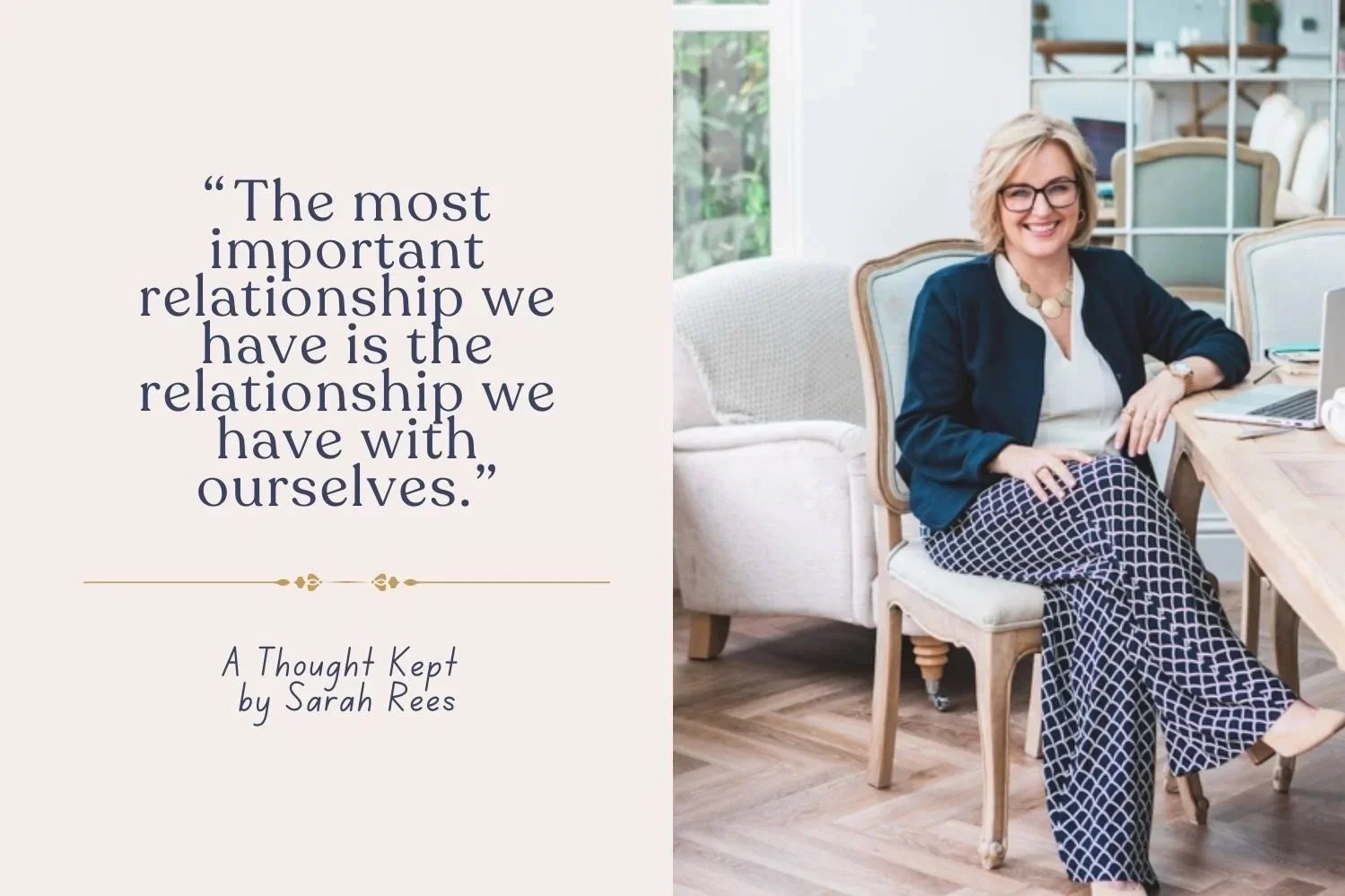Creative Self-Care For When No-one is Watching
I used to think being creative meant having the right aesthetic. Saying the right things. Looking the part.
It was the '90s, and I wanted to be like Maggie O’Connell from Northern Exposure — all-black wardrobe, self-contained, mysterious. When I landed an internship at New York’s Museum of Modern Art, I leaned into that persona hard. Black turtlenecks, boots, cynicism. I belonged. Or at least, I looked like I did.
But the longer I stayed in the art world, the more disconnected I felt. I was writing gallery texts and walking through exhibitions before they opened, surrounded by creativity but somehow far away from it. I had become someone who performed creativity — without actually feeling it.
Then I remembered my mum and what real creativity looked like for her. My mum didn’t care about art-speak or curation. Her creativity was visceral, chaotic, healing. It was hers.
She made clocks, hundreds of them. Covered in sparkles, stars, pinks, purples. Scribbled on with felt-tip pens. For three years, she attended creative wellbeing sessions at our local town’s Art Room, a space a long way from sleek museums. Those mornings were her reset. Her way back to herself.
When she died, she left us the clocks. They’re in wardrobes, on bedroom walls — small reminders of making something just because you need to.
I didn't realise it then, but the idea of creativity was shifting for me too. I wasn’t calling it burnout at the time. I wasn’t saying I was “lost.” But things were shifting. I was tired. Flat. Uncertain. The things that used to light me up didn’t anymore. I kept pushing forward — working, parenting, managing but underneath, something was fraying.
That’s when I started to wonder if creativity could help me find my way back to myself too. Not the polished, performative kind, but the one you do when no one’s watching.
The Link Between Creativity and Wellbeing
What my mum knew instinctively, science now confirms: creative expression can be a powerful tool for wellbeing.
Even simple acts like doodling, journalling, taking photos, and collage can reduce stress, increase positive emotions, and help us feel more like ourselves. Studies in the field of positive psychology link creative practices to improved emotional regulation and resilience.
And the best part? You don’t have to be “creative” to benefit from creative self-care. You just have to make something. Or start.
5 Ways to Reconnect with Creativity During a Life Shift
If you’re in a season of change, burnout, overwhelm, or confusion — here are a few small ways to begin again:
Create something without a plan — a collage, a playlist, a scribble.
Take a creative walk — snap one photo every 5 minutes.
Try a “morning pages” style journal — three uncensored pages first thing.
Colour outside the lines — literally. Get all the pencils and get messier.
Find your kitchen-table creativity — the kind where you get to play.
The Wellery: A Space for Creative Self-Care and Collective Living
Inside The Wellery, our group space for curious, compassionate wellbeing, we’re currently exploring creative self-care as our theme.
Each quarter, we meet for a Co-Well: a group experience to anchor yourself with others through small, doable, reflective practices including creative ones.
If you’d like to explore what creativity might mean for your own version of wellbeing, you’re invited to join us.
Or subscribe here to follow this month’s theme.
Prefer Personal Support? Try a Wellbeing Prescription
If you’d rather explore this one-to-one, I offer Wellbeing Prescriptions: one-off, personalised sessions where we gently map out a plan that supports your energy, creativity, and wellbeing — based on where you are now.
Book your session here.
Make Something That Doesn’t Have to Mean Anything
You don’t need to wait until you feel inspired. Or healed. Or ready. Sometimes, the making is the way.
And in a season of life that feels uncertain, flat, or like you're standing in the hallway between who you were and who you're becoming — creating something just for you might be the most radical act of self-care there is.







